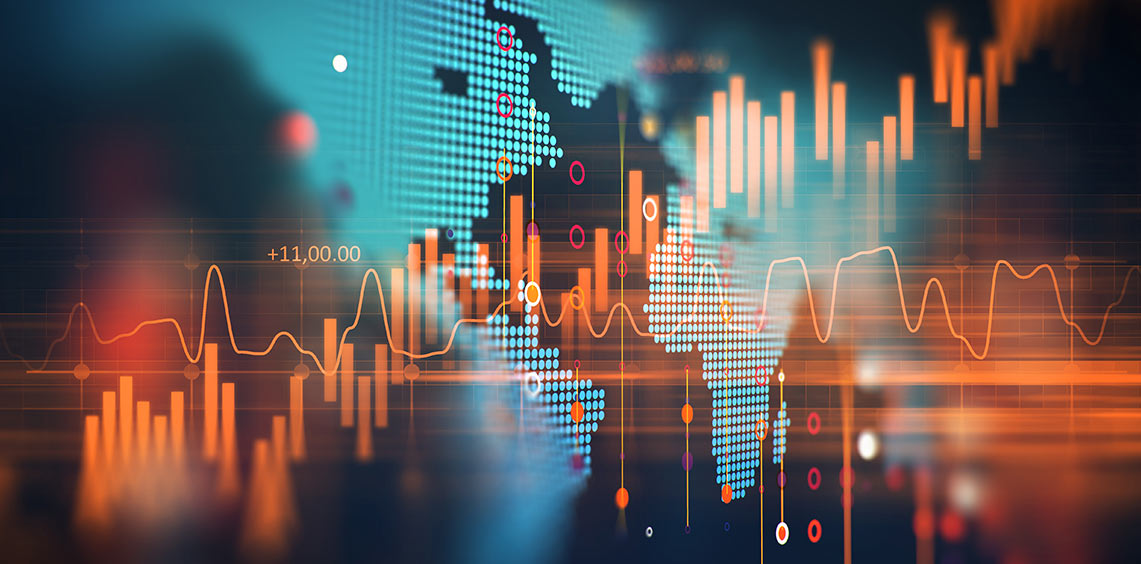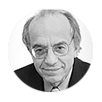Who Is Paying for the “War on COVID-19”?


On September 28, 1918, the City of Philadelphia, despite warnings of oncoming Spanish Flu, held a “Liberty loan” parade to encourage citizens to buy war bonds to fund U.S. efforts in the First World War. Unfortunately, thousands of Philadelphians died as the virus swept through the crowds of citizens that were urged to buy bonds in support of our troops.
Today we are fighting a “War on COVID-19,” a war that will cost trillions of dollars, many times the cost of our participation in the Great War. Yet there are no parades, no bond rallies, no solicitations whatsoever for us to buy “Corona War” bonds to fund the effort to stop this pandemic. No American has been asked to contribute a penny of extra taxes to pay for the trillions of dollars needed to help maintain our economy. In fact, the government is cutting taxes and putting—not taking—billions of dollars into the pockets of those impacted by the economic shutdown. How can we possibly afford to give away trillions of dollars without anyone being asked to pay for it?
The answer is that, unlike in 1918, our central bank, the Federal Reserve (Fed) is buying all the bonds the Treasury is selling to finance the war against COVID-19. The Fed is crediting the Treasury’s account, as well as private banks, with hundreds of billions of dollars to distribute to the unemployed, shuttered businesses, besieged hospitals, and hard-pressed states and localities. This new money is technically backed by Treasury bonds, but these bonds pay virtually no interest and there is no prospect that any of them will ever be paid off.
Impact of Liquidity Creation
Why couldn’t our newly created Fed do that in 1918? Because in those years, the Fed could not issue money unless it had gold to back it, and the Fed did not have nearly enough gold to buy war bonds. The government did raise taxes but had to finance the remainder of the war effort by borrowing from the U.S. public. The central bank was not allowed to be a source of funds for the government.
Nearly 60 years before World War I, President Lincoln faced the same dilemma. The government did not have enough money to finance the Civil War, and the Union was forced to issue “greenbacks,” money that was unbacked by gold and eventually traded at a discount of 50% to true, gold-backed money. Inflation rapidly increased to double-digit levels. It took another 13 years, after the Civil War ended, before the government finally redeemed all the greenback in gold.
But there will be no monetary redemption after the War on COVID-19. The gold standard is long gone, first repealed by the Roosevelt administration at the onset of the Great Depression and finally by President Nixon in 1971. Central banks can now create any amount of liquidity they want and with no constraint. Late in March, Fed Chair Powell stated the central bank would buy government bonds in “any size necessary” to stabilize the market.
This huge increase in liquidity will not come freely. History has shown that the increase in the quantity of money created will inevitably spark inflation and have dramatic implications for both our economy and financial markets.
I can hear critics scoffing at this forecast and pointing out that former Fed Chair Ben Bernanke engaged in massive bond buying during and after the 2008–2009 financial crisis, which hardly caused a ripple in inflation.
But the bonds the Fed bought during the financial crisis ended up as excess reserves in the banking system, not in the pockets of individuals and businesses. These excess reserves were never lent to the public. They were designed to create a buffer for the banks and discourage them from calling in loans that would have hampered our recovery. And the Fed’s actions did achieve its goal; our banking system is far better capitalized than it was in 2008 and has weathered the current crisis extremely well.
What is happening now is completely different than what happened during the financial crisis. Monetary economists, led by Nobel Prize-winning Milton Friedman, have pointed out that creating excess reserves has, by itself, only a small impact on spending. But money placed in the pockets or bank accounts of consumers and businesses, which Friedman termed M1 and M2, has a powerful effect. And that is the money that is now being created.
Foreboding Recent Data
A look at the most recent monetary data issued by the Fed is eye-popping. In the last five weeks, the M1 money supply, which is comprised primarily of checking and transactions accounts, has increased by more than 17%, more than the entire gain of the previous two years. This rise is about equal to the entire increase in M1 in the whole year following the Lehman crisis which included all the Fed emergency lending, the Fed’s quantitative easing and the federal government’s Troubled Asset Relief Program (TARP), among others.
And the money creation we see now is just the beginning. Current programs call for hundreds of billions more dollars of purchasing power to be transferred to the public. When an effective therapeutic or vaccine is developed and this period of repressed demand ends, this increased liquidity will indeed spur a strong economic expansion. It will also push inflation much higher than we have experienced in recent years.
Are there ways to prevent this inflationary surge? Congress can sharply raise taxes, reducing firm and consumer incomes, and the Fed could sell some of its massive bond holdings back to the public to reduce the money supply. Alternatively, the Fed could spike interest rates to extremely high levels and squeeze both investment and credit-sensitive spending. Or—and this is my bet—the Fed could let inflation rise, which would lead to a far more moderate rise in interest rates and, politically, be the path of least resistance.
I am not predicting hyperinflation. I am talking about 3% to 4% inflation for several years before prices moderate. There will be many winners from this scenario. Strong economic growth and a robust demand for labor will mean that wages will more than keep up with rising prices. Rising sales will permit firms to raise their prices and borrowers who have locked in lower rates will benefit significantly.
The losers will be those relying on income sources that do not keep up with the rate of inflation, and most bondholders would take it on the chin. Rising inflation and interest rates will end the nearly 40-year bull market in bonds, a period that has seen interest rates fall from nearly 20% to zero. Eventually inflation will reduce the real value of the Fed’s liquidity creation and restore the economy to a new, non-inflationary equilibrium.
In contrast to a century ago, Americans today won’t die attending rallies to buy government bonds to fund the virus-induced economic bailout. But there is no “free lunch.” The War on COVID-19 will be paid for by those holding monetary assets whose value will be eroded by the upcoming inflation.
Important Risks Related to this Article
Past performance is not indicative of future results. Professor Jeremy Siegel is a Senior Investment Strategy Advisor to WisdomTree Investments, Inc., and WisdomTree Asset Management, Inc. This material contains the current research and opinions of Professor Siegel, which are subject to change and should not be considered or interpreted as a recommendation to participate in any particular trading strategy or deemed to be an offer or sale of any investment product, and it should not be relied on as such. The user of this information assumes the entire risk of any use made of the information provided herein. Unless expressly stated otherwise, the opinions, interpretations or findings expressed herein do not necessarily represent the views of WisdomTree or any of its affiliates.

Jeremy J. Siegel, WisdomTree’s Senior Economist, is the Emeritus Professor of Finance at The Wharton School of the University of Pennsylvania. Professor Siegel has written and lectured extensively about the economy and financial markets and is a regular contributor to the financial news media. In 1994, he received the highest teaching rating in a ranking of business school professors conducted by BusinessWeek magazine. His book Stocks for the Long Run was named by The Washington Post as one of the 10 best investment books of all time. His second book, The Future for Investors, was a bestseller, and his research on dividend investment strategies in that book coincided with WisdomTree’s development of its original family of dividend-weighted stock ETFs, the first of which launched in 2006. Currently, Professor Siegel and WisdomTree collaborate on a suite of Model Portfolios that incorporate Professor Siegel’s outlook for stock and bond returns and the latest research from the sixth edition of Stocks for the Long Run.

